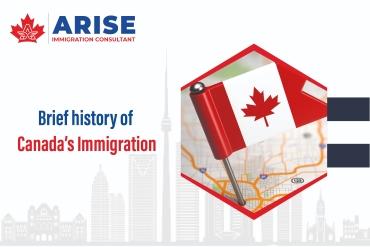Start of immigration
Canada’s very first Prime Minister, Sir John Alexander Macdonald, was an immigrant. Born in Scotland, he moved to Upper Canada when he was a child. There were only four provinces in the country at that time – Nova Scotia, Ontario, New Brunswick, and Quebec. The other territories and regions were added in the later years.
During the period 1867 to 1914, immigration was encouraged, especially for people acquainted with rural and agricultural lifestyles. Significant developments in Canada stimulated population growth, including the development of the transcontinental railroad, making travel and transportation easily available. Thousands of multicultural immigrants, including French, Romanians, Ukrainians, Hungarians, Icelanders, and Chinese migrated to pursue better living standards and job opportunities.
From 1928 to 1971, Pier 21 was the main entry port for immigration in Halifax, Nova Scotia. It is a National Historic Site and is Canada’s only remaining seaport immigration center. At present, the Canadian Museum of Immigration is located at Pier 21, and hosts documentaries, archival photographs, and thousands of books about the history of immigration in Canada.
In 1937, John Buchanan, the Governor-General of Canada allowed the immigrants to retain their identity contributing to the national culture. This principle was carried on in Canada’s Multiculturalism Policy declared in 1971. This demonstrates that the country respects the importance of diversity and affirms the integrity of all Canadian people, irrespective of their race, origin, religion, or language.













